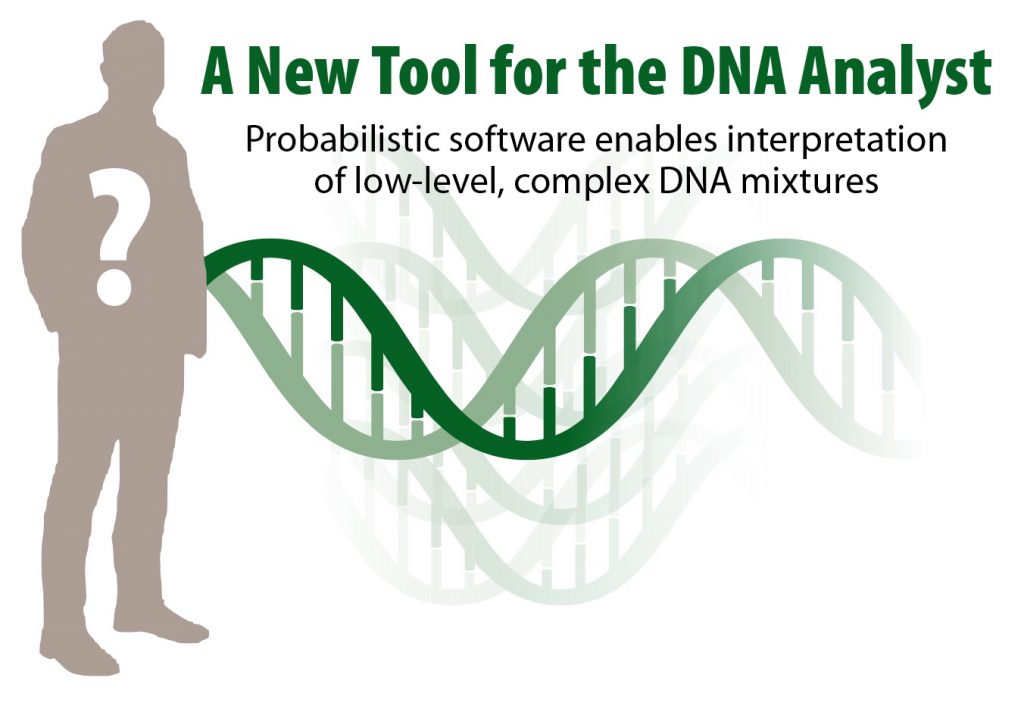
The interpretation of DNA mixtures continues to be a pervasive topic in the field of forensic DNA analysis. With the long awaited publication of the NIST MIX05 MIX13 study, and an increasing number of DNA laboratories turning to probabilistic genotyping, it’s worth stopping for a moment to consider just how the landscape of mixture interpretation has changed.
Like many crime labs in America, the Signature Science Forensic DNA Laboratory routinely encounters forensic samples that contain mixtures of DNA from multiple contributors with degraded DNA (i.e., low quality) and low quantity DNA. Many of these mixtures are uninterpretable using manual interpretation methods. The number of contributors, coupled with low quantities of DNA, create uncertainty as to which components of the DNA profile are attributable to each contributor. To help address this challenge in our laboratory, Signature Science validated and implemented the probabilistic genotyping software STRmix™ in Fall 2018.
Transitioning to probabilistic genotyping for mixture interpretation was definitely a shift in workflow, report wording, and thinking. It quickly became apparent that all of the validation and implementation efforts were worth it! Profiles that would not have been suitable for comparison to reference samples using manual interpretation methods were successfully “deconvolved” and conclusions were able to be drawn and reported.
These benefits of using probabilistic genotyping software, such as STRmix™, are not just being recognized at Signature Science. Many local municipal and state crime laboratories across the United States are implementing probabilistic genotyping to get more usable information out of their DNA mixtures. With more and more labs bringing this technology online, the forensic DNA community benefits through sharing of information. For example, Signature Science participated in an inter-lab study to assess sources of variability within the data analysis process when probabilistic genotyping is used.
The changes brought by probabilistic genotyping aren’t all just internal to the laboratory. These changes are also being realized in the courtroom through the need for an expert witness to discuss, in layman’s terms, the probabilistic genotyping process and the resultant likelihood ratios. A number of webinars and symposiums have been held at the local, state, and national level to help DNA analysts prepare for testimony in this area. Notably, SWGDAM has published a set of recommendations for reporting likelihood ratios.
The forensic DNA community has taken a big step forward in mixture interpretation by embracing probabilistic genotyping. The collaborative spirit of the forensic casework community has laid the groundwork for continued improvement, as labs and analyst continue to share best practices and innovations.

Leslie Parke, PMP, CQA
Director, Forensic DNA Laboratory
For more information
Leslie Parke, PMP, CQA, CSM, is the Laboratory Director for Signature Science’s ANAB-accredited forensic DNA testing laboratory in Austin, Texas. She is a credentialed Project Management Professional with over 20 years of experience managing biology-focused projects for U.S. government programs and over 25 years of experience as a Quality Assurance expert. Leslie is often recognized by clients for her excellence in responsiveness and customer service.

